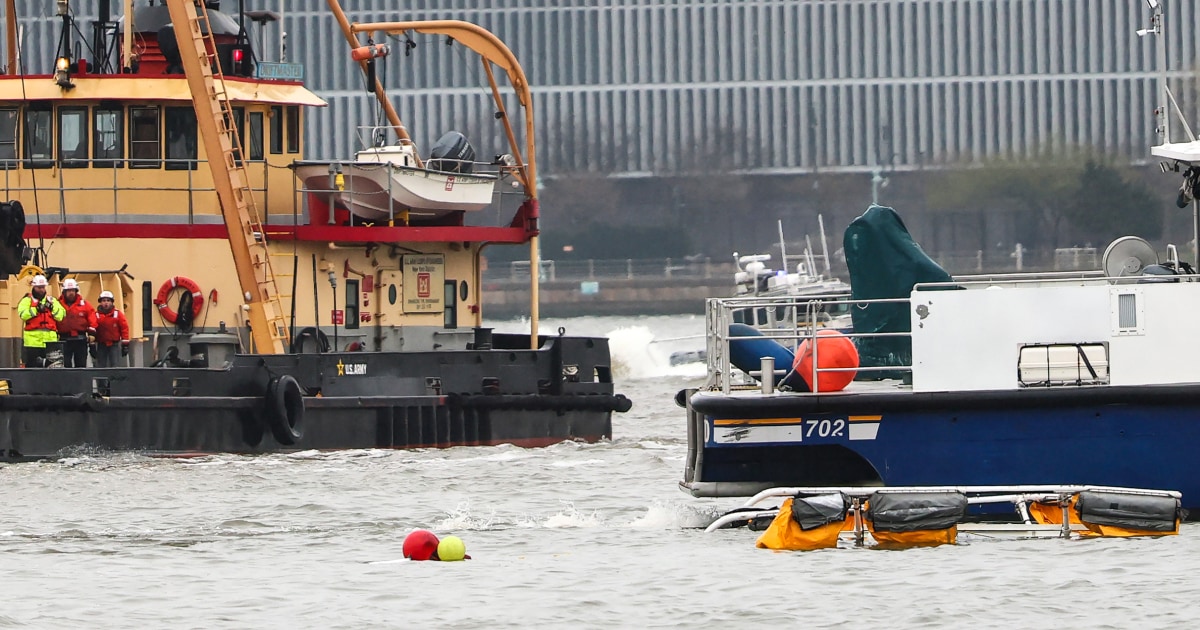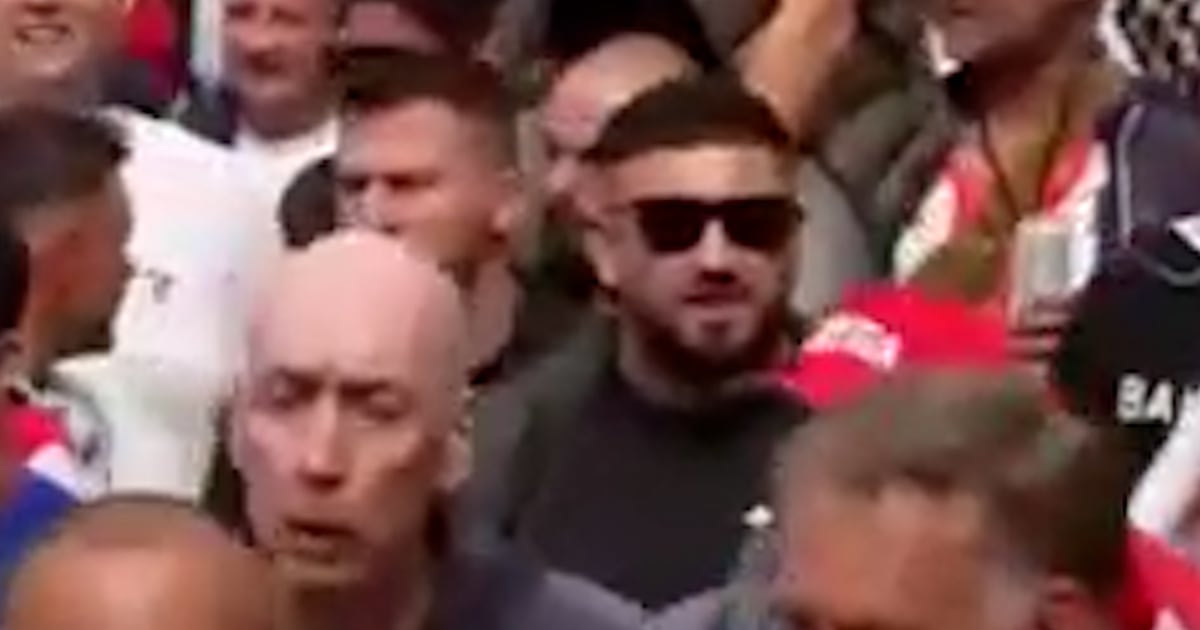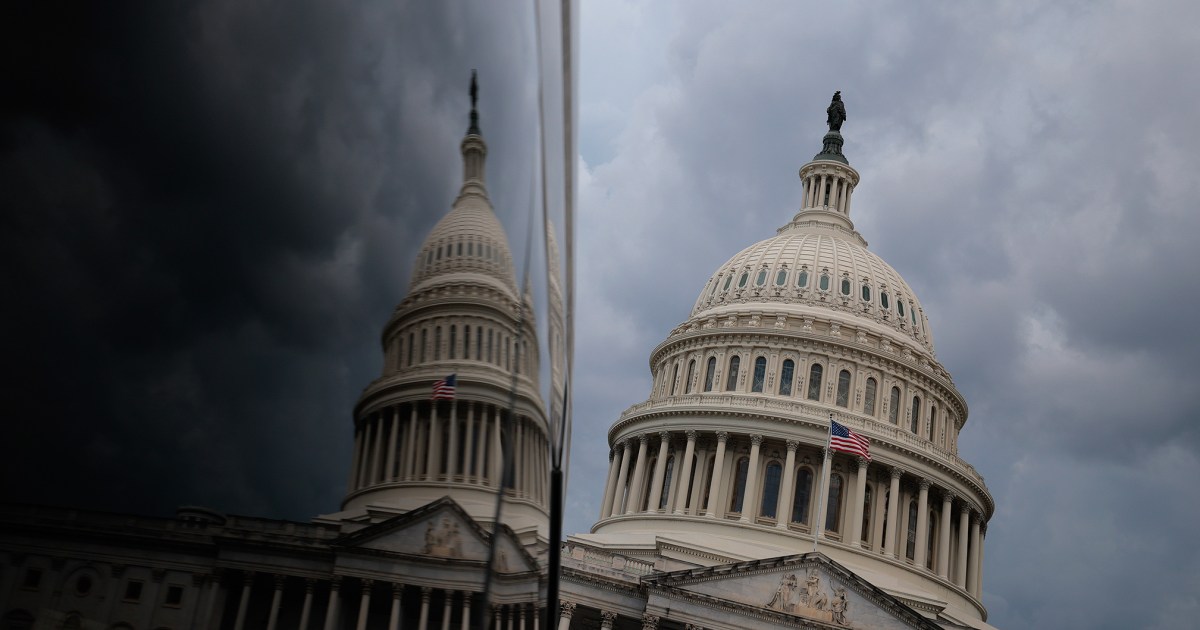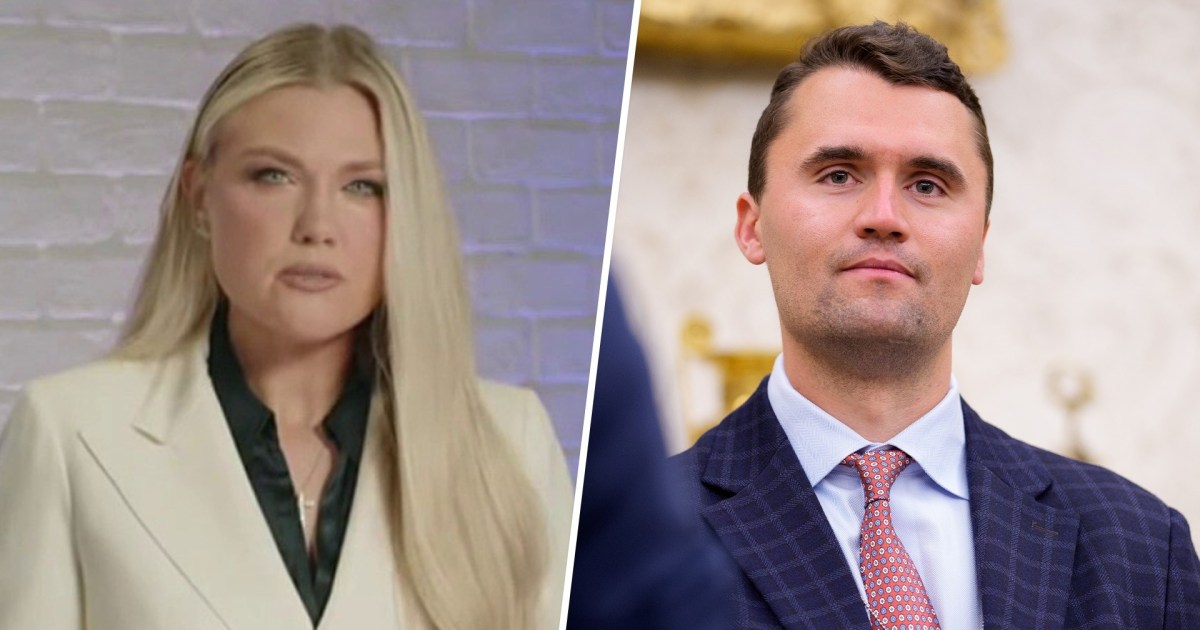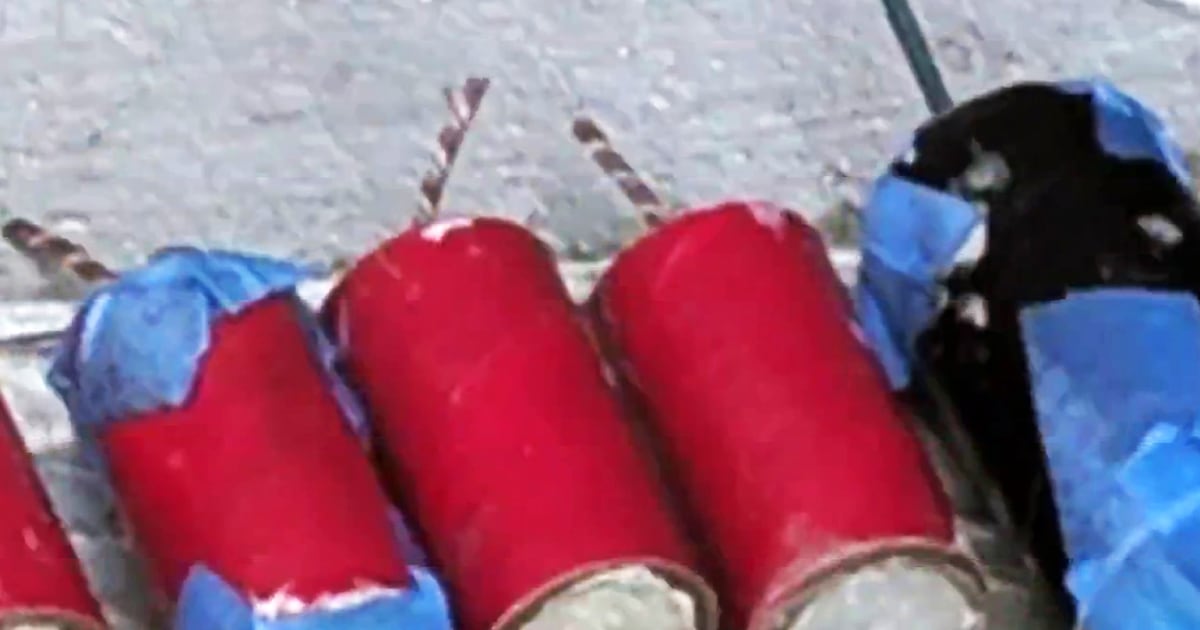Director of National Intelligence Tulsi Gabbard blindsided CIA leaders last week when she disclosed the name of an undercover CIA officer on a list of people she stripped of security clearances, multiple current and former intelligence sources said.
The move alarmed the agency’s workforce, the sources said, and is the latest example of simmering tensions and crossed signals between Gabbard and CIA Director John Ratcliffe. The two have clashed previously over her decisions, including earlier this month when Gabbard declassified a lightly redacted document related to Russian election interference.
Two former government officials said their read of the situation is that Gabbard is under pressure to regain President Donald Trump’s confidence. Gabbard fell out of favor with Trump and his aides earlier this year after she posted a video and delivered testimony about Iran’s nuclear capabilities.
But the tensions between Gabbard and Trump seem to have subsided for now. When Gabbard announced the security clearance removals last week, she said some of the 37 current and former officials were engaged in “politicization or weaponization of intelligence” and that she was acting on the president’s orders.
And on Tuesday, as he presided over a Cabinet meeting before television cameras, Trump praised Gabbard. “You found some interesting things, Tulsi,” Trump said. “She’s becoming a bigger and bigger star every day.”
One of the former government officials said Gabbard appeared to be trying to show the president she was exposing Democrats and political enemies, including some purportedly inside the CIA. The security clearance removals reflected “a battle between Gabbard and Ratcliffe,” the former official said.
The director of national intelligence position was created after the Sept. 11 attacks in an effort to ensure close coordination among the country’s spy agencies.
There have been turf wars and personality clashes in the past between some DNIs and CIA directors. During Barack Obama’s presidency, Dennis Blair was often at loggerheads with the CIA chief, Leon Panetta, and he ultimately resigned after 16 months on the job.
But in this case, the current director of national intelligence appears to be seeking the president’s support, former officials said, by doubling down on accusations against former Democratic administrations and punishing members of a perceived “deep state” of anti-Trump government bureaucrats.
Apart from highlighting the divide between Gabbard and Ratcliffe, the episode also illustrates the effect of a widening and unpredictable purge of career government officials deemed insufficiently loyal.
The fired analyst
The CIA officer whom Gabbard publicly identified and stripped of her security clearance was a veteran analyst. NBC News is not naming the employee for her protection. A former colleague said she is declining interviews.
Days earlier, she had worked intensely to help prepare the White House team for a summit in Alaska between Trump and Russian President Vladimir Putin, former intelligence agency colleagues said. She was due to take up a new assignment for the CIA in Europe, according to three sources with knowledge of the matter.
After the summit, the CIA informed the analyst that she had lost her security clearance, effectively ending her career. “She did most of the prep for the Putin summit and to this day has no idea why her clearance was removed,” said a former colleague, who spoke on the condition of anonymity, citing fear of retaliation from the Trump administration.
Gabbard and her office failed to properly coordinate the move with the CIA before revoking the security clearances of the 37 current and former officials, said a U.S. official and a source with knowledge of the matter. It appeared that Gabbard and the Office of the Director of National Intelligence were unaware of the CIA employee’s covert mission, the official added.
“ODNI didn’t meaningfully consult with the agency,” the official told NBC News.
ODNI spokesperson Olivia Coleman defended Gabbard’s decision, saying in an email it was designed to ensure “individuals who have violated the trust placed in them by weaponizing, politicizing, manipulating, or leaking classified intelligence are no longer allowed to do so.”
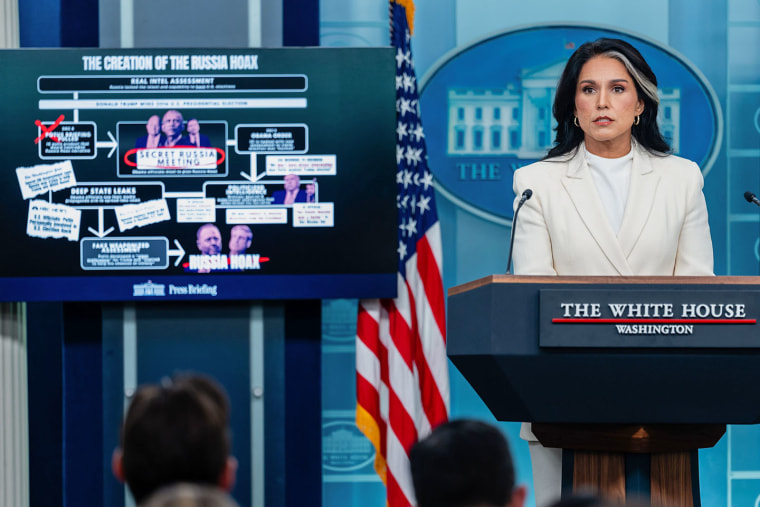
In a social media post, Coleman added: “No one was ‘blindsided.’ We coordinated with all agencies before sending the letter.” Coleman said the memo from Gabbard revoking security clearances “listed names and not agency affiliations, meaning @DNIGabbard did not out any ‘undercover’ officer.”
Asked about relations between the two spy chiefs, CIA spokeswoman Liz Lyons said: “Director Ratcliffe and the president’s entire elite national security team are committed to eradicating the politicization of intelligence and are focused on executing President Trump’s national security priorities, and keeping the American people safe.”
The Washington Post and The Wall Street Journal first reported the incident.
The fired CIA analyst had previously worked as a national intelligence officer specializing in Russia and Eurasia and had been ordered to help organize the assessment of Russia’s interference in the 2016 election. Since Trump returned to the White House in January, the administration has taken action against officials who took part in the Russia investigation, those who prosecuted Jan. 6 rioters and those who pursued criminal cases against Trump.
A former senior intelligence official, Larry Pfeiffer, said it would be reckless not to confer with the employee’s spy agency before rescinding their security clearance and revealing their identity. He said that could put an officer at risk and jeopardize relations with a foreign government.
“Look, it’s just common sense to consult with the agency that would be most impacted by a decision to pull the clearance of one of their employees,” Pfeiffer said, “especially in such a public manner.”
Ongoing friction
The episode underscored continuing friction between Gabbard and Ratcliffe. The rift has been apparent across Washington, known to lawmakers, intelligence community employees and Pentagon officials.
In July, Gabbard declassified a 2020 report from the Republican-led House Intelligence Committee on Russia’s interference in the 2016 election. She did this over the objections of some CIA officials, who argued the details should remain secret to protect sensitive spying sources and methods, NBC News previously reported.
Gabbard also raised eyebrows at the CIA when she unveiled plans to move preparation of the president’s daily intelligence briefing from CIA headquarters in Langley, Virginia, to the national intelligence director’s office a few miles away, in McLean.
Presidents regularly receive a classified intelligence briefing, a digital document presented by senior officials that can shape a commander in chief’s decision-making. While Gabbard oversees and approves the presidential daily brief, a large staff of analysts and other employees at the CIA compiles the briefing, creating detailed text, graphics and videos based on the latest intelligence.
Dozens of intelligence officials fired
Former intelligence officials say the CIA analyst is one of dozens of career employees at the country’s spy agencies who have been abruptly fired or forced out in recent months for purported disloyalty. They have been ousted without being told of the evidence for the decision or having a chance to defend themselves.
Legal experts say Trump has wielded his authority over security clearances unlike any previous president, using it as a tool to punish former officials who have criticized him and to silence dissent in the government.
The administration has defended its actions, saying those who were stripped of their security clearance had allegedly politicized intelligence for partisan purposes, had failed to safeguard classified material, had failed to adhere to professional intelligence “analytic tradecraft standards” or engaged in unspecified “detrimental” conduct. Gabbard, in announcing the move, did not provide evidence for these claims.
The 37 people targeted by Gabbard last week were mostly former officials who worked in national security roles during the Obama and Biden administrations. Of the 37 listed, 25 had signed a letter in 2019, when they were private citizens, backing efforts by Democratic lawmakers to launch an impeachment inquiry into whether Trump abused his power when he asked Ukraine’s government to look for derogatory information about his political rival, Joe Biden.
Right-wing activist and Trump ally Laura Loomer, who portrays herself as exposing “disloyal” government officials and civil servants, had flagged the 2019 letter in a recent social media post.
Revoking former intelligence officials’ security clearances could damage their reputation and limit their long-term ability to find jobs, former officials said. Security clearances are a standard requirement for many senior posts at defense and technology companies with federal contracts.
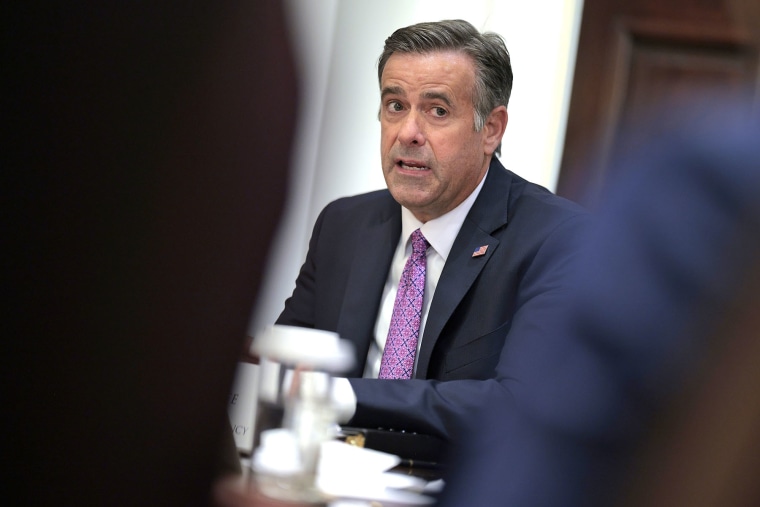
Apart from the CIA analyst, there were at least two other current intelligence officers on Gabbard’s list. One was Vinh Nguyen at the National Security Agency, who colleagues say was recognized as the intelligence community’s top mind on cutting-edge technology such as artificial intelligence. The government recruited Nguyen at the age of 17 and he was the youngest NSA employee ever promoted to a senior position, former colleagues said.
Former intelligence officers described him as a generational genius who could not be replaced. “The U.S. government is the big loser here,” said a former senior intelligence official, referring to Nguyen’s ouster.
In 2016, when Nguyen was a national intelligence officer overseeing cybersecurity, he was asked to help direct the intelligence assessment of Russia’s interference in the 2016 elections. The assessment by U.S. spy agencies concluded that Russia had waged information warfare to try to undermine Hillary Clinton’s candidacy and help Trump.
But Trump and Gabbard have dismissed the assessment as false and part of a conspiracy they claim Obama and his aides orchestrated. A bipartisan Senate investigation overseen by then-Sen. Marco Rubio later endorsed the findings of the intelligence assessment that Putin sought to help Trump win. The Russian leader also later said himself that he wanted to see Trump prevail.
The officials who lost their security clearances also included two former career intelligence officers who delivered the daily intelligence briefing to Trump during his first term. Several others on the list said they no longer have active security clearances and learned that they were on the roster from social media.
‘No rhyme or reason’
Yael Eisenstat, a former CIA officer, wrote on social media that she was among those on Gabbard’s list, though her last name was misspelled. Eisenstat said she left government more than a decade ago and did not need any security clearance for her work.
But she expressed outrage at Gabbard’s action. In her social media post, she said “the notion that the government can target former and current officers’ clearances for political purposes without due process demonstrates yet another direct attack on democratic norms.”
Mark Zaid, an attorney who is representing Eisenstat and several other people on the list, said the revocation of the security clearances “literally has no rhyme or reason” and carried echoes of the McCarthy era. The move was undertaken without due process, and the announcement from Gabbard employed “defamatory generalized allegations,” according to Zaid, who himself had his security clearance removed in a previous action.
“This act was nothing short of unlawful and disregarded decades of established precedent. Given the last six months, it is clear this administration has chosen to weaponize the security clearance process, which would make the late Senator Joseph McCarthy proud,” Zaid said.


